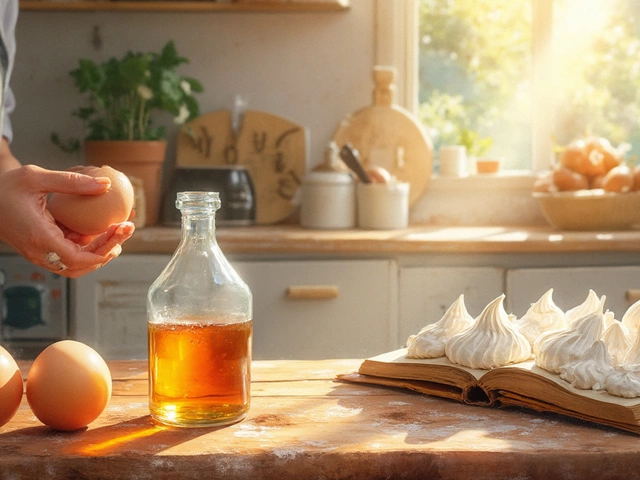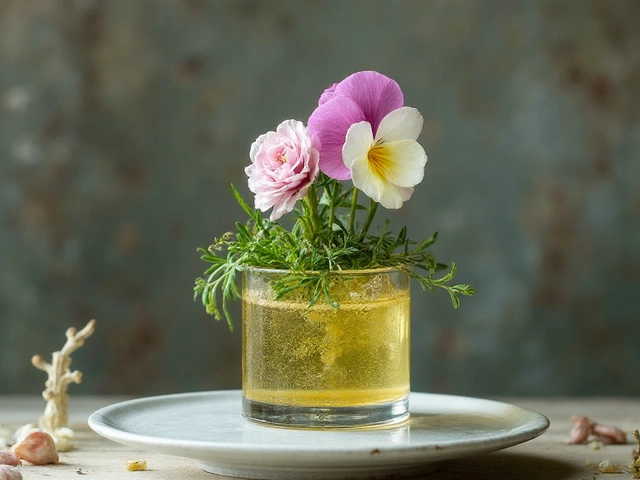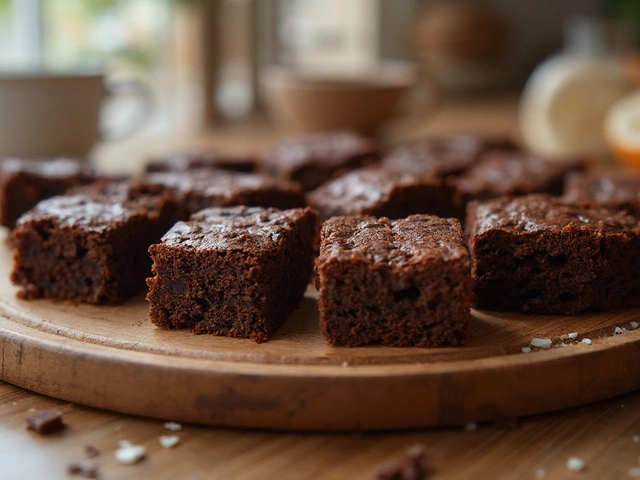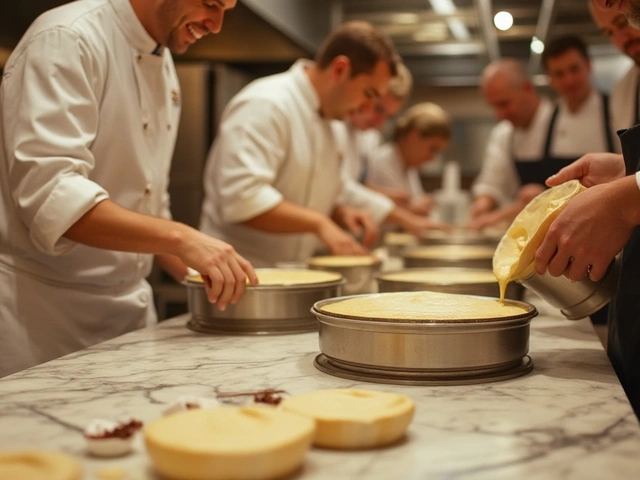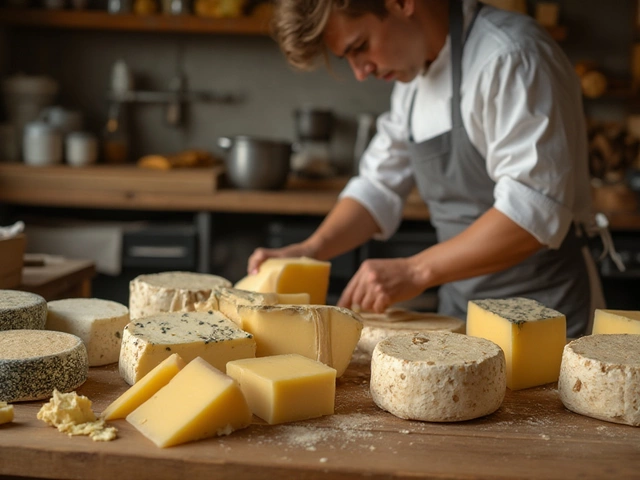Cake Facts: Sweet Trivia, History and Handy Tips
If you love cakes, you’ve probably wondered why some flavors dominate the globe while others stay hidden. Below you’ll find bite‑size facts that explain the hype, help you plan the right size for your party, and add a dash of history to your next bake.
Why Some Cakes Rule the World
The most eaten cake on the planet is a simple chocolate sponge topped with buttercream. Its popularity comes from a balanced sweet‑and‑rich flavor that works in any climate, plus it’s easy to slice and store. That’s why you’ll see it at birthdays, cafés, and even in school cafeterias worldwide.
Another crowd‑pleaser is the king cake, a colorful ring of dough soaked in syrup and filled with cream cheese. Its roots trace back to French‑European festivals, and the tiny baby figurine hidden inside adds a playful ritual. The queen cake, a lesser‑known cousin, swaps the sweet glaze for a light dusting of powdered sugar and a softer crumb, making it a favorite for tea‑time.
Planning the Perfect Cake Portion
Never guess how big a cake you need. For 50 guests, a two‑tier round cake works well: a 10‑inch bottom layer serving about 40 people and a 6‑inch top layer covering the remaining 10. If you prefer a sheet cake, an 18×12‑inch pan cut into 2‑inch squares will feed the whole crowd without leftovers.
Serving charts also differ by cake type. A dense fruit cake yields fewer slices than a light sponge. When in doubt, add a 10% buffer—extra cake never hurts, and leftovers can become frosting‑filled treats later.
Wedding cakes get a special name: “bridal cake” or “wedding tier.” The tradition started in Victorian England, where the top tier was saved for the bride’s first anniversary. Modern couples often keep the tradition alive by preserving a slice in the freezer for later celebrations.
Gluten‑free bakers face a common problem: sunken cakes. The culprit is often too much liquid or a lack of structure from missing wheat proteins. Using a blend of almond flour, rice flour, and a small amount of xanthan gum restores balance, giving the cake lift without compromising taste.
Finally, remember that cake isn’t just about flavor. The science of why cookies rise—leavening agents like baking powder release carbon dioxide, creating those fluffy edges—also applies to cakes. Adjust the amount of leavening if you switch from butter to oil, and you’ll keep the crumb light and airy.
Next time you slice a cake, think about the story behind it. Whether you’re serving the world’s favorite chocolate sponge or a historic king cake, these facts make every bite a little more interesting.
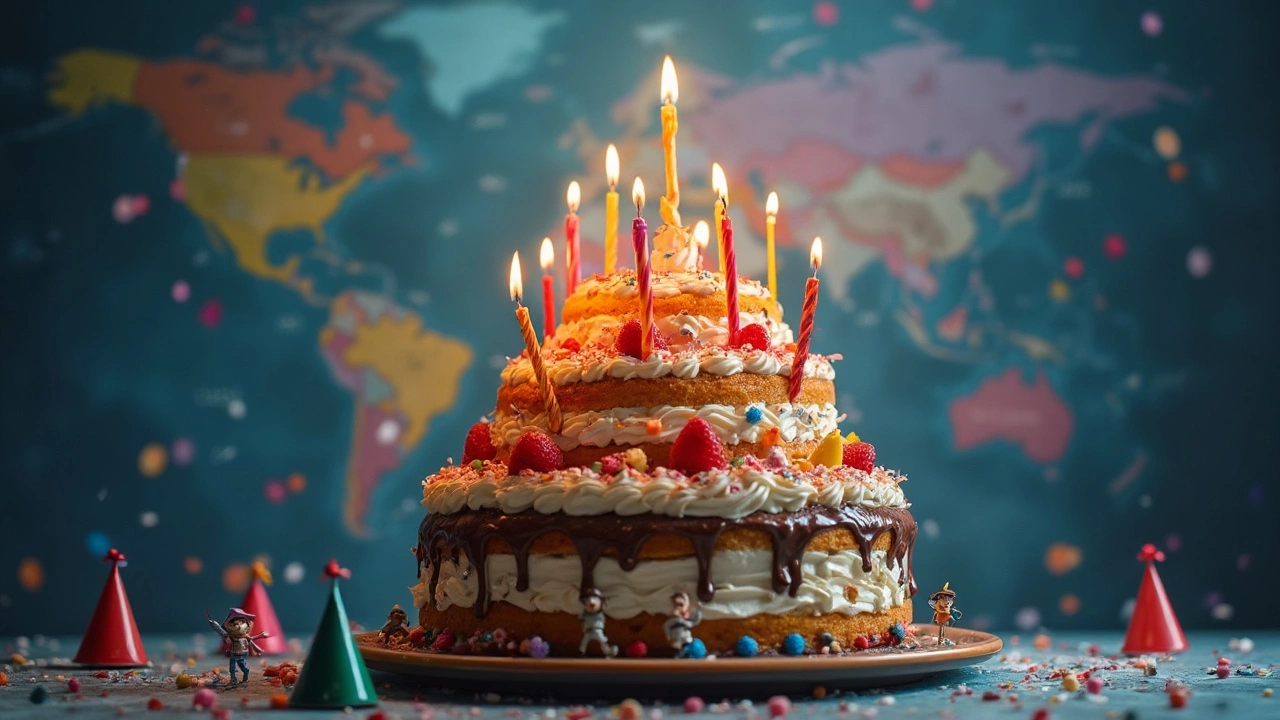
What is the World's Number One Cake? Birthday Cakes Unwrapped
This article digs into what truly makes the world's number one birthday cake, looking beyond trends and straight-up popularity polls. You'll get the scoop on which cake pops up at the most celebrations across continents and what makes it so loved. Expect fun cake facts, smart tips on picking and upgrading birthday cakes, and some seriously helpful hacks for nailing your next birthday bash. Whether you're a chocolate fan or vanilla loyalist, you'll find something relatable—and maybe even a reason to switch sides. Cake history, tastes, and real-world favorites all come into play.
View More
